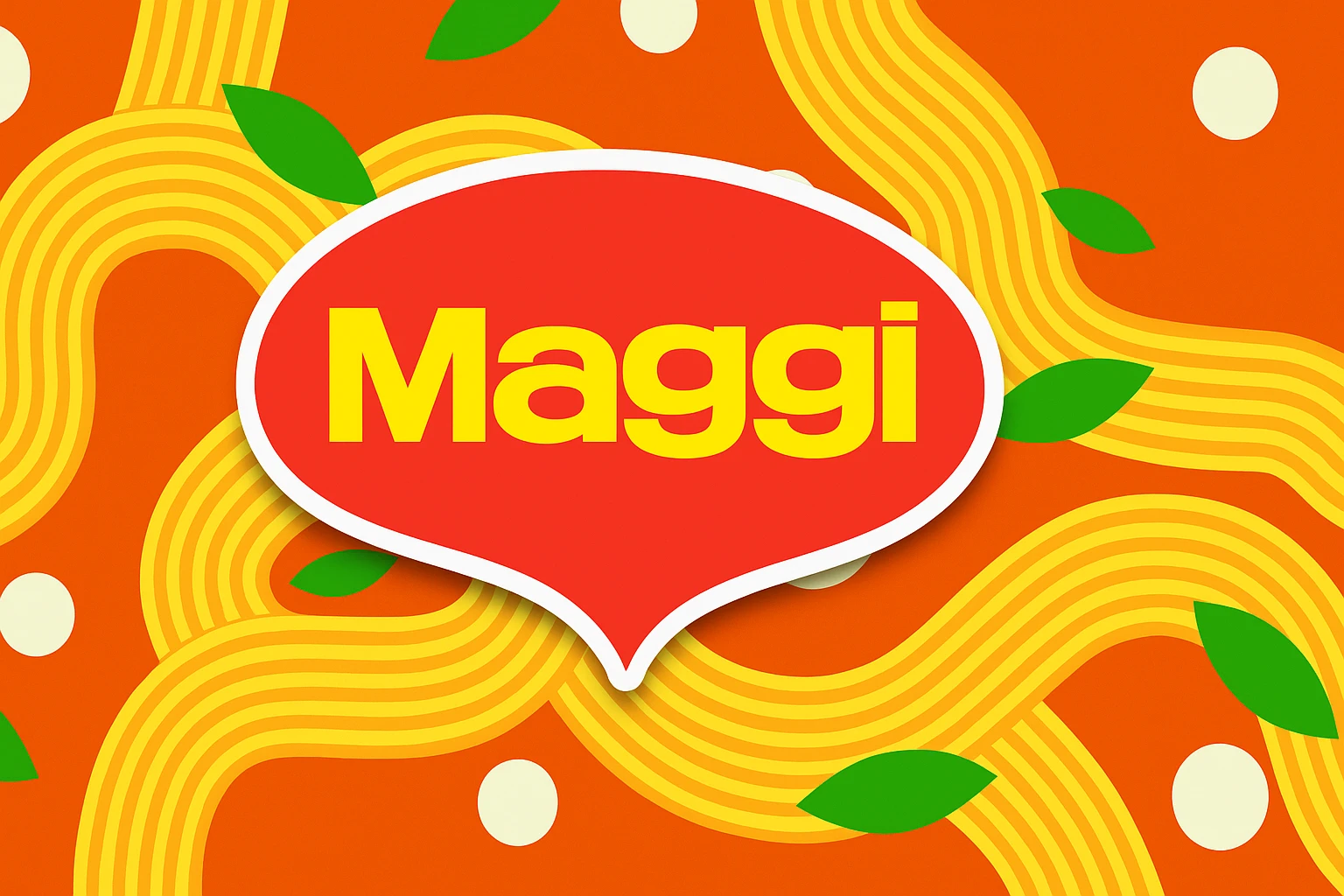B2B Strategies: Build a Brand People Trust
Practical B2B strategies that remove doubt and speed decisions.

Table of Contents
B2B buying is rarely fast. It involves long timelines, multiple stakeholders and real consequences. The brands that progress do more than look polished. They make it easier for people to say yes by removing doubt early.
The Core 4 Brand System
Clarity. Consistency. Credibility. Confidence.
1) Define Your Position
If buyers cannot distinguish you from others, they will delay or default to the safest option. Choose a focused space you can own. State who you serve, the problem you solve, the promise you make and the proof you can show. Precision helps sales far more than broad ambition.
Practical move: Write one sentence that only applies to you. Test it with three ideal buyers. If two cannot repeat it after one read, simplify.
2) One Story, Everywhere
Your brand is not a single asset. It is the same story shown in every place people meet you: LinkedIn, RFPs, demos, onboarding and renewal. One voice. One visual system. One promise. Consistency builds familiarity. Familiarity builds trust. Trust shortens cycles.
Practical move: Build a simple brand operating system with tone of voice, stakeholder message ladders, slide and document templates, UI components and an internal communications pack so every team sounds aligned.
Templates move faster than opinions.
3) Evidence Over Claims
In B2B, buyers often evaluate from a distance. Evidence replaces proximity. Use case studies with outcomes, referenceable customers, partner badges, analyst recognition and clear metrics. Tailor the format to the audience: short stats for social, one-page proofs for Sales Development Representatives, deeper analyses for finance leaders and a public library that champions can forward.
Practical move: Standardise case studies with four parts—problem, approach, outcome, metrics. Keep it factual. Train teams to reference these quickly and accurately.
4) Authority with Humanity
Logic earns a place on the shortlist. Trust earns approval. People choose partners who feel competent, honest and steady. Your tone, behaviours and internal practices signal this. If the promise looks premium but onboarding feels chaotic, confidence drops. Design the experience to feel reliable on day 1, week 4 and quarter 2.
Practical move: Create a confidence checklist for each stage of the journey. Ask what would make the buyer feel safe at that point. Build the artefacts that deliver it, from a clear kick-off pack to an executive-ready Quarterly Business Review template.
Trust compounds post-sale.
Book a 30-Minute Brand Review.




